Exploring Nutritious Recipes for Diabetics
Discover delicious recipes for diabetics. Find tips, desserts, and portion management for balanced meals!
Diabetes-Friendly Recipes
Hunting for meals that won’t spike your sugars but still taste awesome? We’re right there with you! Together, we’ll whip up delicious eats without sacrificing flavor or our health. So let’s get cookin’ and mix a bit of smarts into our kitchens.
Balancing Portions with Diabetes
Alright, here’s the deal: portion sizes can make or break our sugar game. Visualizing portions with ordinary things, like a deck of cards for your steak or a tennis ball for rice, really helps. This nifty trick doesn’t just keep our sugars in check, it dials in our weight as well (Source).
| Food Item | Visual Portion Guide |
|---|---|
| Protein (meat/beans) | Deck of cards (3 ounces) |
| Whole Grains | Tennis ball (1/2 cup cooked rice/quinoa) |
| Vegetables | 2 fists (1 cup raw leafy greens) |
Now, keep in mind, what works for one might not fit another. Think about your size, gender, and lifestyle when figuring out your portions. And for the perfect scoop of advice, a chat with a dietitian can be gold. They tailor recommendations just for us, which can really level up our diabetes management!
Importance of Baking with Complex Carbs
Swapping simple sugars for complex carbs while baking is like giving your body a high-five. Whole grains, like switching to almond or oat flour, release glucose at a steady pace, which really keeps blood sugar in check.
Here’s a quick tour of flours and grains we love:
- Almond Flour: Less carbs, more fiber.
- Oat Flour: Packs soluble fiber to beat sugar bumps.
- Whole Wheat Flour: Loaded with nutrients and more fiber than basic white flour.
By baking with these, we’re crafting goodies that are user-friendly on our taste buds and sugars both! Imagine biting into a Strawberry-Chocolate Greek Yogurt Bark or nibbling on Crispy Peanut Butter Balls – they’re treats you can feel good about. And we’ve got layers of yum ready for us in recipes like these cookie recipes for diabetics.
Want some hearty, whole grain ideas? Check out bean recipes for diabetics and smoothie recipes for diabetics to keep our meals interesting and sugar-smart.
Desserts for Diabetics
Satisfying that sweet tooth can feel like you’re doing a high-wire act when you’re managing diabetes, but guess what? We’ve got your back! Welcome to our dessert wonderland, where each sweet treat is as delicious as it is kind to your blood sugar. We’ve whipped up four mouth-watering goodies that are packed with wholesome ingredients because, let’s be honest, everyone deserves to have their cake and eat it too!
Strawberry-Chocolate Greek Yogurt Bark
Imagine a dreamy combination of creamy Greek yogurt dancing with juicy strawberries and a whisper of chocolate. This bark’s your new bestie—sweet-tooth satisfaction without that pesky sugar overload.
Ingredients:
- 2 cups Greek yogurt
- A handful of strawberries, sliced
- 1 oz dark chocolate, smooth and melted
- 1 tbsp honey (optional, for those with an extra sweet craving)
Nutritional Information:
| Nutrient | Amount per Serving |
|---|---|
| Calories | 100 |
| Protein | 5g |
| Carbs | 9g |
| Sugars | 7g |
Got a hankering for more dreamy desserts? Check out our smoothie recipes for diabetics page.
Flourless Chocolate Cookies
Rich? Check. Fudgy? Check. These cookies bring all the chocolatey goodness without the bellyache of refined carbs. Bonus: They lean on natural sweeteners, so it’s all delight without the diet sabotage.
Ingredients:
- 1 cup almond butter
- 1/3 cup cocoa powder
- 1/2 cup of your favorite sugar substitute
- 1 large egg, straight from the coop
- A splash of vanilla extract
Nutritional Information:
| Nutrient | Amount per Serving |
|---|---|
| Calories | 90 |
| Protein | 4g |
| Carbs | 8g |
| Sugars | 1g |
Feeling cookie creative? Look up our cookie recipes for diabetics selection.
Apple-Oatmeal Cookies
For the chewy cookie lovers, these apple-oat numbers offer a fiber-packed munch fest. With oats and apples teaming up, it’s a crunchy tastes-like-fall delight—without sending your sugar into a spin.
Ingredients:
- 1 cup rolled oats
- 1/2 cup whole-wheat flour
- 1/2 cup unsweetened applesauce
- 1/3 cup sugar substitute
- A few chopped nuts (optional for crunch)
Nutritional Information:
| Nutrient | Amount per Serving |
|---|---|
| Calories | 70 |
| Protein | 2g |
| Carbs | 10g |
| Sugars | 4g |
For more toasty goodness, mosey over to our bean recipes for diabetics page.
Crispy Peanut Butter Balls
Crunch mixed with creamy peanut butter is the name of the game. This snack is portable perfection—tuck them in your bag or snuggle with them at home for a munch fest.
Ingredients:
- 1 cup natural peanut butter
- 3 cups crispy rice cereal (whole grain, of course)
- 1/4 cup honey
- A sprinkle of dark chocolate chips (because, why not?)
Nutritional Information:
| Nutrient | Amount per Serving |
|---|---|
| Calories | 85 |
| Protein | 3g |
| Carbs | 11g |
| Sugars | 6g |
Looking for more ways to please your palate and manage diabetes? Peek at our juicing recipes for diabetics.
In our dessert creations, we champion whole grains and natural goodness, making each bite as nourishing as it is delicious. If you’re peckish for more advice or cooking magic, wander over to our chicken recipes for diabetics and uncover how fruit-based alternatives can sweeten your culinary adventures.
Tips for Cooking for Diabetics
Cooking for someone with diabetes? Let’s whip up meals that are both mouth-watering and healthy. Here’s how we can go about creating tasty and diabetes-friendly recipes for diabetics.
Sugar? Let’s Go Fruity
Cutting down on sugar helps keep those pesky blood sugar levels in check. Let’s get creative and bring in natural sweeteners from fruits. Here’s what we recommend:
- Mashed Bananas: Perfect for giving your baked treats a sweet kick.
- Sweet-Tasting Veggies: Toss in pureed carrots or sweet potatoes in your desserts.
- Pureed Fruits: Applesauce can totally stand in for sugar.
These swaps not only slash sugar but also pump up the dishes with extra nutrients and fiber.
| Alternative Sweetener | Equivalent Sweetness |
|---|---|
| 1 cup sugar | 1 cup mashed bananas |
| 1 cup sugar | 1 cup applesauce |
| 1 cup sugar | 1 cup pureed sweet potatoes |
For more, check out the Erudus guide.
Opt for Heart-Healthy Fats
We all know someone who swears by butter—and while we love it for its flavor, healthier fats are better for diabetics. Consider these swaps:
- Cold-Pressed Olive Oil
- Sunflower Oil
- Vegetable Oil
- Rapeseed Oil
- Canola Oil
These oil swaps can help manage cholesterol, boosting overall heart health. For more scoops, dive into the Erudus guide.
Go Whole or Go Home
Whole grains are the real MVPs in diabetes-friendly cooking, adding fiber and essential nutrients. Simple swaps can make a big difference:
- White Bread -> Whole-Wheat Bread
- White Rice -> Brown Rice
- White Flour -> Whole-Grain or Whole-Wheat Flour
This switcharoo helps steer clear of rapid blood sugar changes and keeps us energized longer.
| Refined Carb | Whole Grain Swap |
|---|---|
| White Bread | Whole-Wheat Bread |
| White Rice | Brown Rice |
| White Flour | Whole-Wheat Flour |
Want more foodie tips? Check out our stash of bean recipes for diabetics and juicing recipes for diabetics.
Switching it up can still mean savoring yummy dishes while managing diabetes. Hungry for more? Dig into our chicken recipes for diabetics and smoothie recipes for diabetics collections.
Managing Portion Sizes
Portion control is a biggie for folks with diabetes who want to keep their blood sugar in check. Let’s look at some down-to-earth tips and tricks.
Utilizing the Plate Method
If you’re ready for something easy yet super effective, say hello to the Plate Method. Diabetes Canada and other big names back this approach. Essentially, it’s about dividing your dinner plate into parts for a well-rounded meal. Here’s the lowdown:
- Half the Plate: Load this up with non-starchy vegetables. Think vibrant and green.
- Quarter of the Plate: This spot’s for lean proteins, like chicken or tofu.
- Remaining Quarter: Leave this section for your starchy sidekicks.
By sticking to this division, you can wrangle those portion sizes and still chow down on all the food groups you love.
| Plate Section | Type of Food | Example |
|---|---|---|
| Half | Non-starchy Vegetables | Broccoli, Spinach, Carrots |
| Quarter | Lean Proteins | Chicken, Fish, Tofu |
| Quarter | Starchy Foods | Brown rice, Whole grains, Sweet potatoes |
We’re all different, right? Weight, gender, exercise habits all come into play. That’s where a dietitian’s advice can be pure gold, helping tweak this method to fit your unique self.
Keeping Track with a Food Diary
Writing down what you eat might feel old school, but it’s a game-changer for tracking what goes into your belly. A food diary lets you see how much you’re munching and how those portions impact your waistline and blood sugar.
Must-haves for your food diary:
- Meal Times: Jot down when you eat.
- Portion Sizes: Record how much is on your plate.
- Carb Count: Tally those carbs to help with blood sugar control.
Seeking Personalized Nutrition Advice
According to the latest buzz from The American Diabetes Association, getting hands-on advice tailored just for you from a Registered Dietitian Nutritionist (RDN) is the way to go.
Personalized nutrition guidance can fine-tune your eating habits, aiding in both health improvement and better blood sugar levels. Here’s what dietitians can help you with:
- Carb Counting: Balance those carbs to manage your blood sugar better.
- Fiber Friends: Amp up fiber to help with weight and heart health.
Hungry for more diabetes-friendly meal ideas? Check out our chicken recipes for diabetics, smoothie recipes for diabetics, and other delicious recipes for diabetics. Making smart choices about what goes on your plate starts your journey to better diabetes management.

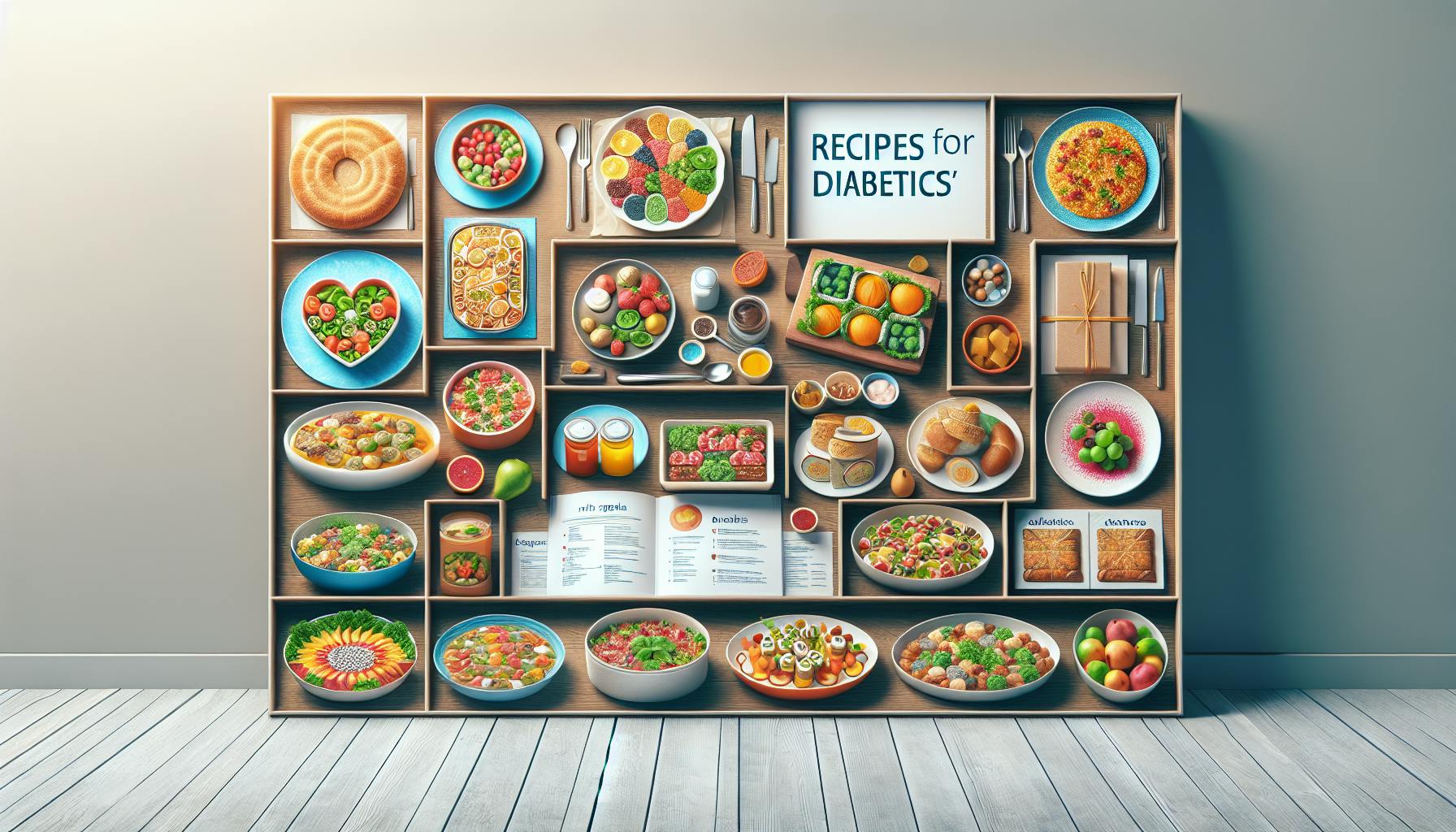
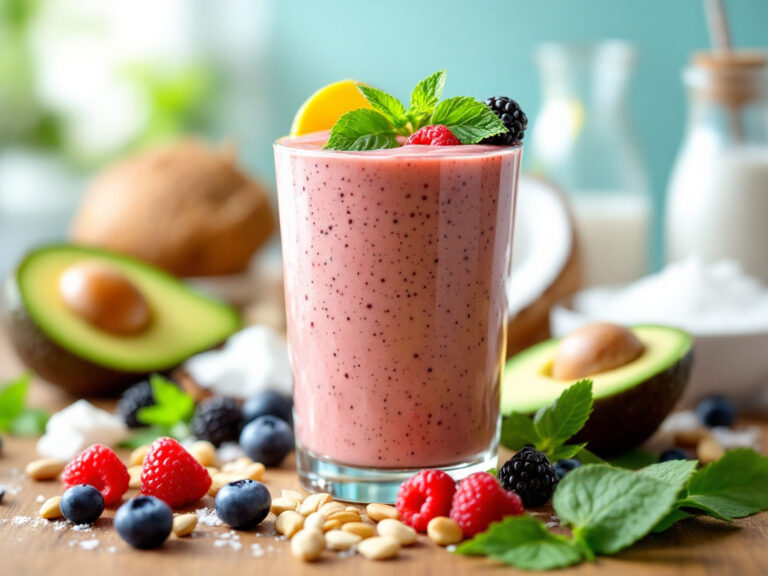
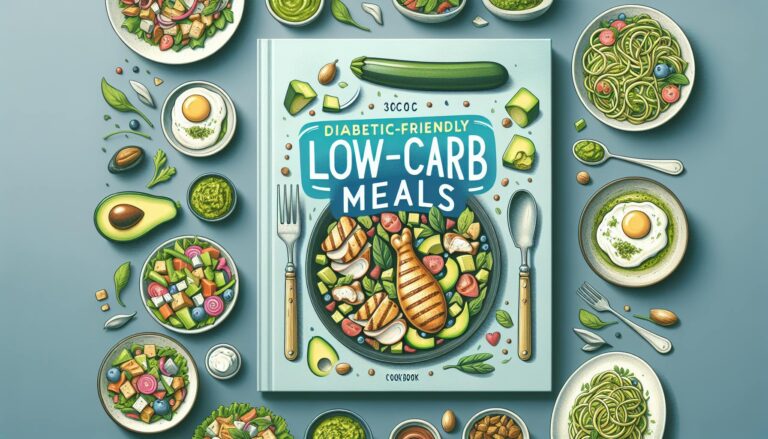
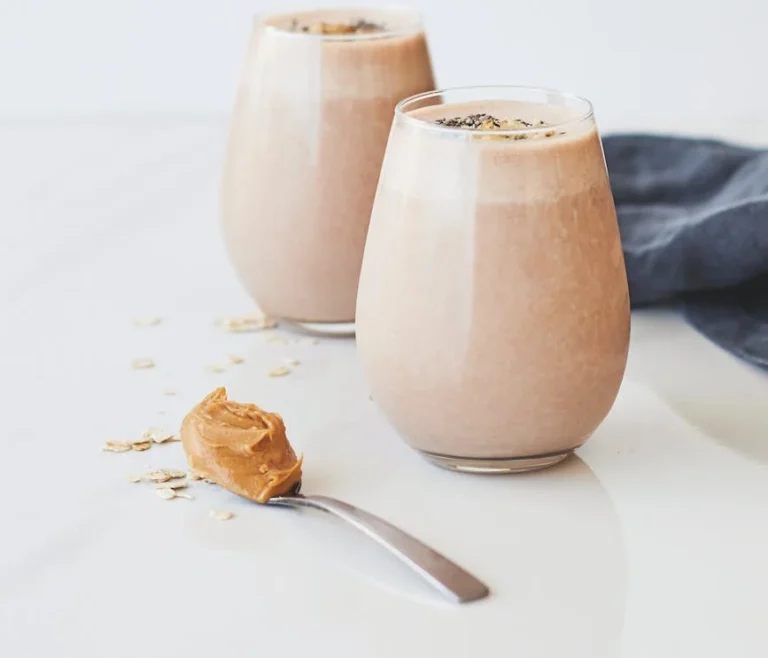
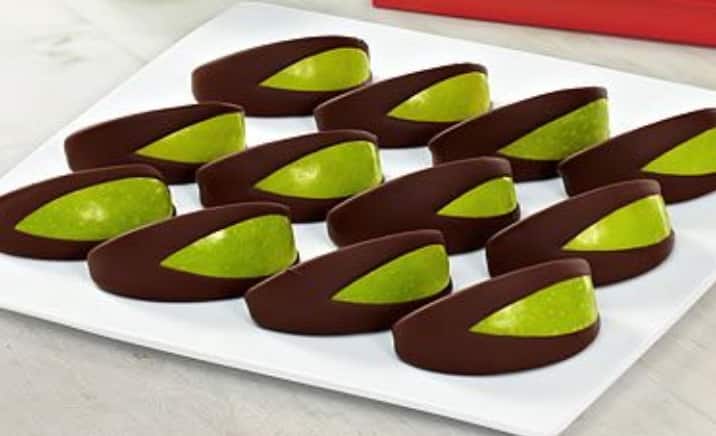


Leave a Reply